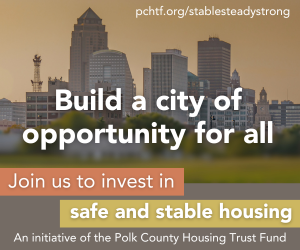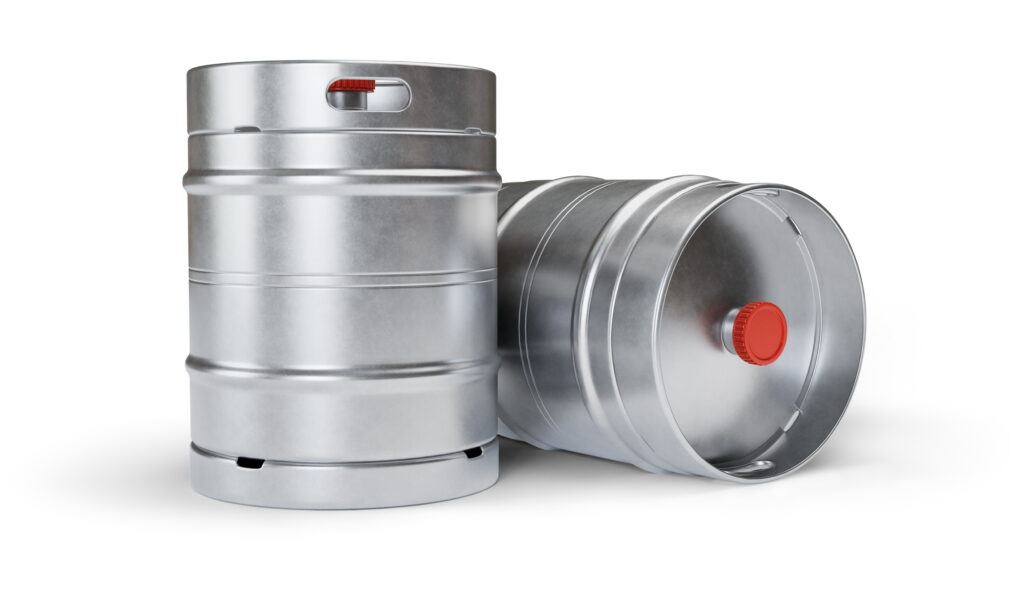Guest Opinion: Do billionaires’ projects really need to be subsidized?

RANDY EVANS Feb 20, 2018 | 10:42 pm
4 min read time
837 wordsAll Latest News, Business Record Insider, OpinionWho you are makes all the difference in the world.
Or so it seems.
Two examples illustrate this fact of modern-day life in our United States.
If you walk up to someone in Iowa and demand $5,000 and threaten economic harm to the person if he does not comply, don’t be surprised if you end up face-to-face with a criminal-court judge. The judge probably will ask how you want to plead to a charge of extortion.
But if you own a very large business — for the sake of discussion today, let’s say it’s a National Football League team — if you demand the taxpayers build you a stadium or else you will summon the moving vans, your “punishment” will be a big jump in your team’s value.
That’s what I was thinking about when sports fans from Nome to Nantucket were riveted to their TVs cheering the Philadelphia Eagles and the New England Patriots in the Super Bowl. The game was played at U.S. Bank Stadium in Minneapolis, the home field of the Minnesota Vikings.
The stadium’s 66,200 seats were filled with all manner of celebrities from sports, politics, business and entertainment. With tickets having a face value of $1,000 on up — and with seats going for $5,000 on resale websites — I’m guessing not a lot of blue-collar folks were there.
It’s no small irony the two-year-old arena was touted as the “People’s Stadium” when it was still a proposal a few years ago. Civic and political leaders were worried sick the Vikings would leave for Los Angeles or elsewhere if taxpayers did not pick up half of the $1.1 billion cost.
What occurred was straight from the script that has been played and replayed across the nation for far too long. Owners of professional sports teams — teams that sell for hundreds of millions of dollars — have tremendous interest in new facilities but little appetite for paying for those.
Vikings owner Zygmunt “Zygi” Wilf, a billionaire real estate developer from New Jersey, is no different.
In the beginning, he offered to pay a whopping one-fourth of the cost of a replacement for the venerable Metrodome. In the end, he upped his offer to a little more than half the cost if the taxpayers of Minnesota and Minneapolis covered the remainder.
It hasn’t always been this way. As a kid in the 1950s, my Little League baseball team piled into our dads’ cars for a day trip to St. Louis each year to watch the St. Louis Cardinals play at Sportsman’s Park. The ballfield was built in 1902 without taxpayer help.
That all changed after the mid-1950s when team owners began expecting taxpayer handouts. The Cardinals had their hands out when they replaced Sportsman’s Park in 1966 and again in 2006 when the current Busch Stadium was built.
Proponents of using tax money for a significant share of the cost for new stadiums like to point to the economic impact these teams have on the economy in their communities or the growth the teams’ presence brings to personal incomes there.
But studies have found that such economic benefits often are wildly exaggerated.
The Super Bowl was touted as providing a $335 million shot in the arm for the Twin Cities economy, with an estimated 1 million fans traveling to Minneapolis for the game and related events.
But economists cautioned that only about 125,000 people would come from out of town, with the remainder living in the Twin Cities. And most of the money spent during Super Bowl festivities is money that would have been spent in other ways in the Twin Cities if the game were not played there.
The biggest benefit from new stadiums often goes to the team owners. Consider the Vikings.
U.S. Bank Stadium is owned by the state of Minnesota. The Vikings pay rent of about $13 million a year, but the team keeps most revenue from ticket sales, concessions, parking and television.
The stadium has 131 luxury suites. Those come with free parking, free food and access to the stadium’s six clubs.
We’re not talking about a couple hundred dollars per ticket for these suites. Some suites go for a quarter-million dollars per year.
Washington Redskins owner Dan Snyder is following the Vikings’ playbook as he tries to build support for a new taxpayer-paid stadium. But lawmakers in Virginia, Maryland and the District of Columbia are considering bills to block using tax money to subsidize new facilities for pro teams.
This should not be a tough decision when our cities, states and the federal government are having trouble finding money to pay for education, roads and bridges, health care, the environment, and the less fortunate.
Those Virginia, Maryland and District of Columbia lawmakers are asking the same questions Minnesota lawmakers asked when they debated taxpayer incentives for U.S. Bank Stadium.
Minnesota Rep. Dean Urdahl, a Republican from Grove City, population 630, had the best question: “Why should the state of Minnesota contribute to a stadium for a billionaire owner?










